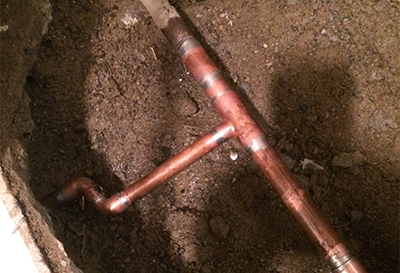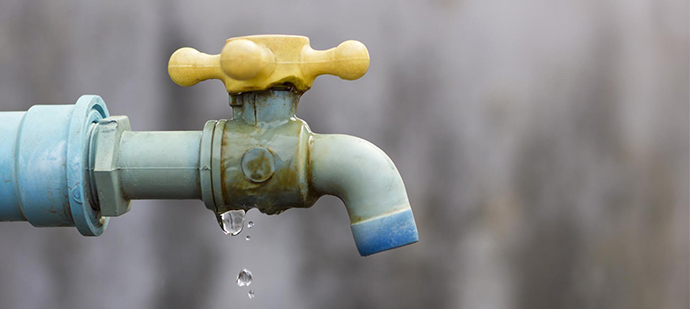Just how to Check If Your Residence Has a Concealed Leakage
Just how to Check If Your Residence Has a Concealed Leakage
Blog Article
The author is making a few good pointers related to Detecting hidden plumbing leaks as a whole in the article underneath.

Early detection of leaking water lines can alleviate a possible disaster. Some small water leaks may not be visible.
1. Examine the Water Meter
Inspecting it is a surefire method that assists you uncover leakages. If it relocates, that suggests a fast-moving leakage. This implies you may have a slow-moving leakage that can even be underground.
2. Inspect Water Consumption
If you find sudden changes, regardless of your usage being the exact same, it suggests that you have leakages in your plumbing system. A sudden spike in your costs indicates a fast-moving leak.
A consistent rise every month, even with the exact same routines, reveals you have a slow leakage that's also slowly rising. Call a plumber to extensively inspect your property, specifically if you really feel a cozy location on your floor with piping below.
3. Do a Food Coloring Test
When it comes to water consumption, 30% comes from bathrooms. If the shade somehow infiltrates your bowl throughout that time without flushing, there's a leak in between the storage tank and dish.
4. Asses Exterior Lines
Do not fail to remember to inspect your outside water lines also. Should water leak out of the connection, you have a loosened rubber gasket. One tiny leakage can squander lots of water and increase your water expense.
5. Examine as well as Examine the Circumstance
Home owners need to make it a habit to check under the sink counters and even inside cupboards for any bad odor or mold growth. These two warnings suggest a leakage so prompt interest is called for. Doing regular assessments, also bi-annually, can save you from a major issue.
Examine for stainings and damaging as a lot of pipelines as well as appliances have a life expectations. If you believe leaking water lines in your plumbing system, don't wait for it to intensify.
Early detection of leaking water lines can minimize a possible catastrophe. Some little water leakages might not be noticeable. Examining it is a proven method that aids you discover leaks. One small leakage can lose loads of water and also spike your water bill.
If you believe dripping water lines in your plumbing system, don't wait for it to intensify.
Tips for Detecting Hidden Plumbing Leaks
Check for Signs of Water Damage
We recommend that you check the following places for evidence of water damage:
Near where you store your water heater
Around your sump pump
In areas where pipes are visible
Underneath cabinetry or a vanity beneath a sink
Where your outside hose bib isIf water damage is present, you may also notice mold and/or mildew or smell a foul or musky odor. You might also be able to hear the sound of water running where it shouldn’t be.
Perform a Water Meter Test
One of the easiest ways to determine whether you have a hidden leak on your property is to test your water meter. Turn off all appliances in that use water and make sure you don’t have any faucets running. Locate your water meter and record the reading on it. Continue to leave everything off for a minimum of two hours and then go back and see the meter reading. If it’s a noticeable difference, chances are you have a hidden plumbing leak.
Monitor Your Outside Usage
As the seasons change, you might use more water to keep your yard lush and green and your flowers blooming. However, it’s important to routinely ensure that your sprinkler or irrigation system is working properly and that any outside faucets are completely off. This way you’re not wasting any water.
Do the Toilet Food Coloring Test
Are you kept up at night because your toilet continues to run? If you’ve noticed your toilet randomly refills, especially when it’s not in use, it could mean you have a defective flapper tank and water will leak into the bowl. Fortunately, there’s an easy (and kind of fun!) way to test whether you’re dealing with this issue. Grab some food coloring and add a few drops into your toilet’s tank. Wait 15 minutes and then check to see whether the water in the bowl is colored. If it is, you have a leak within your toilet and the internal assembly will need to be repaired or replaced.
https://www.carterservices.com/blog/2020/february/tips-for-detecting-hidden-plumbing-leaks/

As a serious reader on Detecting hidden plumbing leaks, I was thinking sharing that excerpt was really useful. Make sure you take a moment to share this write-up if you enjoyed it. Thank you for going through it.
Report this page